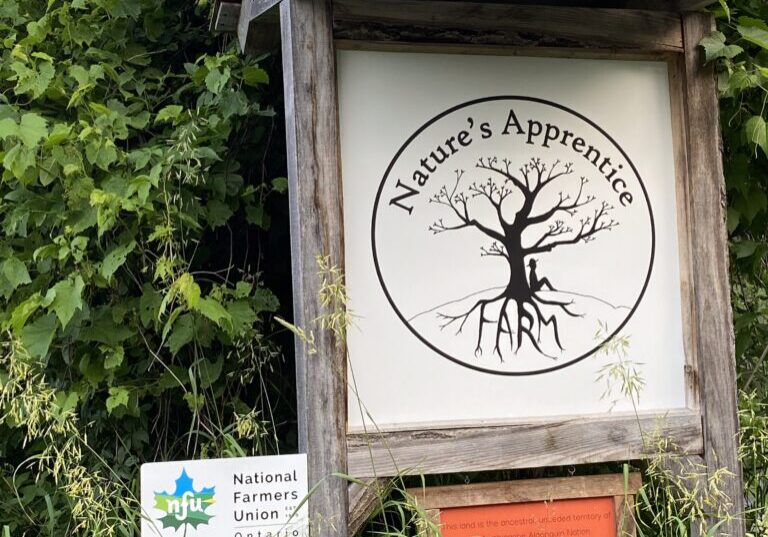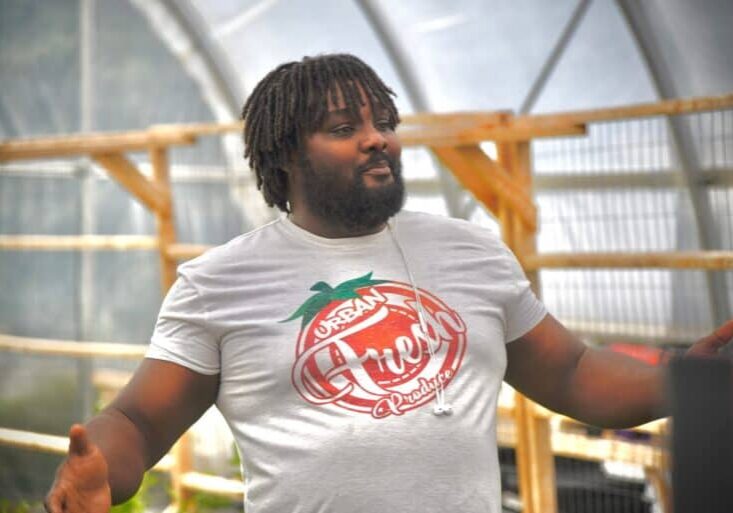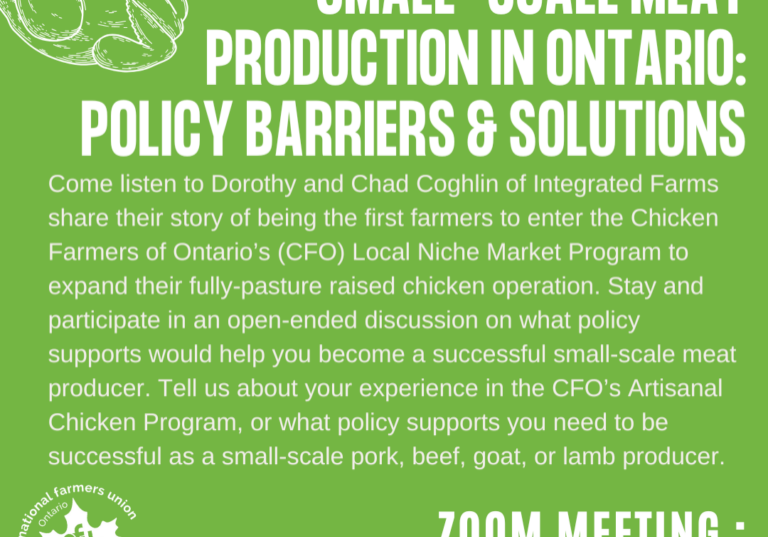Turning Around a Farmland Transition Crisis — The Perpetual Purpose Trust

National Farmers Union – Ontario Newsletter
The Rural Voice | June 2025
Submitted by Dr. Thorsten Arnold, Grey County
Across rural North America, a quiet crisis is unfolding. Farmers are aging — with average ages nearing 60 — and many are ready to retire. But passing on the farm has become almost impossible. Even when children want to continue farming, they often can’t afford to buy out their siblings, especially if the land carries debt.
At the heart of the problem is the disconnect between farmland prices and productive value. Land is now a financial asset, driven up by investor demand and neighboring industrial farms who can leverage equity from other properties. A young farmer without capital stands little chance. The result? Land passes not to stewards, but to the highest bidder – ever-more often a super large landowner or an investment firm. In both cases, land becomes increasingly detached from the people who care for it — and from the food system we depend on. These buyers often prefer uniform, standardized parcels — removing hedgerows and leveling the land — which further erodes the ecological and landscape value of the farm.
This challenge isn’t unique to agriculture. Across all sectors, small business succession is reaching a tipping point. In Canada, 76% of small business owners plan to retire in the next decade, with 47% already over 60. As businesses grow in value, the buy-in required becomes unaffordable for younger successors, forcing founders to sell to corporate buyers — often changing the company’s mission and culture.
To address this, a new legal model is emerging: the Perpetual Purpose Trust (PPT). Unlike traditional ownership, a PPT holds a company or land in trust — not for private gain, but for a clearly defined purpose, such as ecological farming, worker empowerment, or community benefit. The trust is governed by a board of trustees who must legally uphold this mission.
Crucially, former owners can still structure benefits — including retirement payouts or heir stipends — without selling the land or business. This model eliminates the need for the next generation to take on crippling debt or rely on investors, making it easier for successors to carry on the original purpose.
How PPTs Differ from Land Trusts
At first glance, PPTs may resemble traditional land trusts or conservation easements — but important differences exist. Land trusts typically focus on conservation goals. They may acquire land outright or place easements on properties to restrict development. While this protects ecosystems, it doesn’t necessarily engage with the business model of farming or the governance of the farm operation itself. PPTs, by contrast, are designed to hold operating entities — whether farms, food businesses, or manufacturing firms. Their purpose is enterprise continuity. While a PPT can include conservation clauses, it also allows for dynamic, mission-aligned economic activity. The two models can complement one another. A conservation land trust might hold title to the land while a PPT owns the farm business. Or, a farm might transition fully into PPT ownership, combining stewardship and governance in one integrated structure.
Real-World Examples
The Organically Grown Company (OGC) in Oregon transitioned to a PPT in 2018. Profits are reinvested in fair labor and sustainable agriculture, and governance is shared among employees and farmers. In 2022, Patagonia’s founder Yvon Chouinard transferred ownership of the $3 billion company to a purpose trust and nonprofit, locking in environmental responsibility. That same year, The Walker Group, a Connecticut-based IT firm, and in 2023, Natural Investments, a sustainable finance firm, adopted the PPT model to democratize ownership and preserve core values.
Other purpose-driven businesses like Firebrand Artisan Breads and Metis Communications have followed suit. And there are earlier, PPT-like pioneers: Germany’s Zeiss has been foundation-owned since 1889; Bosch has been trust-controlled since 1964; and pharmaceutical giant Novo Nordisk, valued at more than US$ 160 billion, is owned by a foundation that reinvests profits into global health.
Emerging infrastructure groups like the Purpose Foundation and Zebras Unite are supporting farms and businesses through the transition. While still new in Canada, this model is gaining traction. Watch an interesting panel discussion by the Croatan Institute at https://croataninstitute.org/cro-convo-perpetual-purpose-trust/.
Why It Matters
The Perpetual Purpose Trust offers a way out of the binary of family succession vs. corporate acquisition. It enables long-term stewardship, keeps businesses rooted in their communities, and unlocks transition options for mission-driven founders.
It’s a legal tool — but more than that, it’s a mindset shift. One that sees land, labor, and legacy not as assets to extract from, but as relationships to protect. At a time when both farms and businesses risk being absorbed into ever-larger systems, the PPT invites us to rethink what it means to own — and to care. For farmers, founders, and communities looking to preserve meaning and livelihood beyond a single generation, it may be the most hopeful path yet. I would gladly help your farm operation explore this option, because I believe that the PPT offers a solution to one of agriculture’s most pressing challenges – please get in touch if you are interested!







